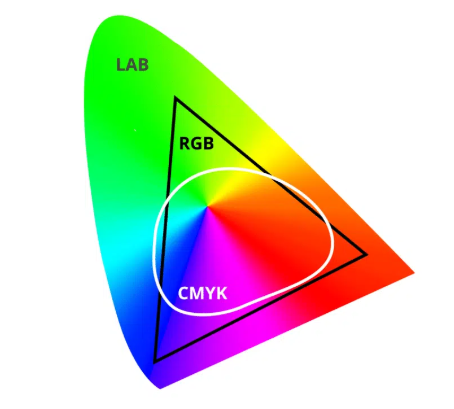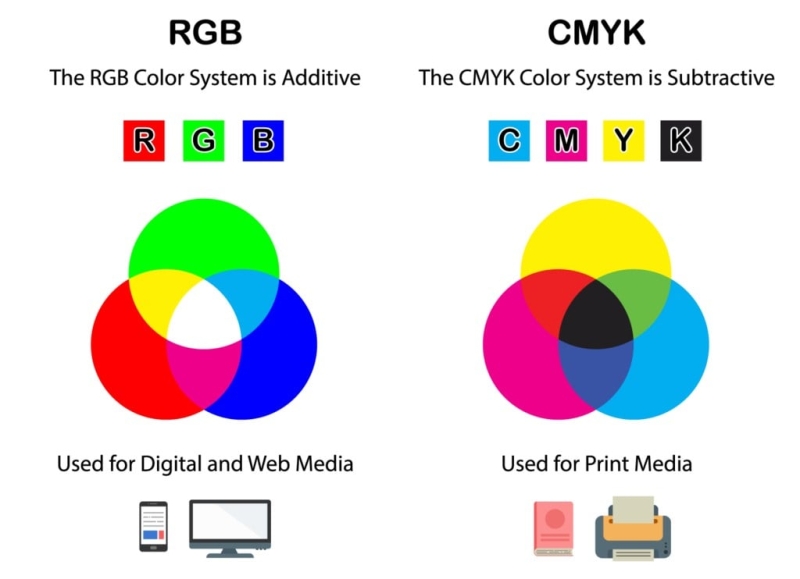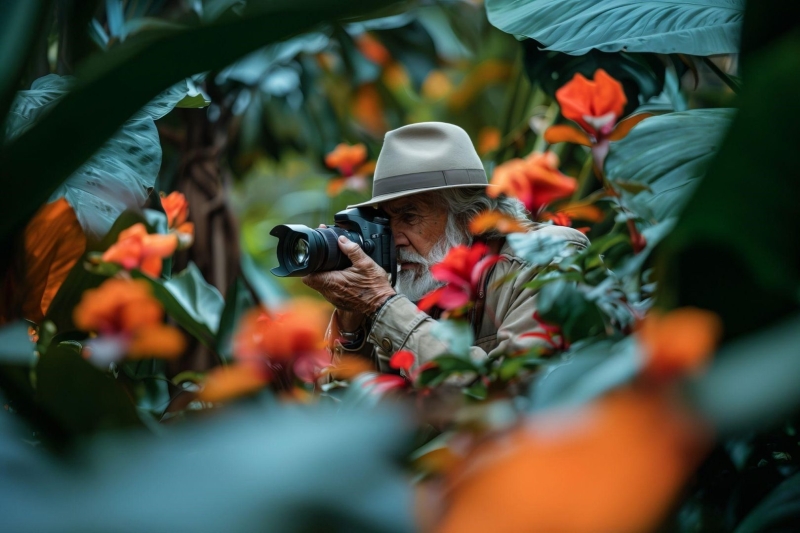Contents
Photography and printing is a big business. They are the modern adjacent to paintings of yore. Taking up photography is far easier than learning to paint like a professional. So, many people do it as a hobby.
However, just like all hobbies, you need to know what you are doing to make the most out of it. Today, we are going to cover color representation models and how they are suitable for different use cases.
In particular, we are going to discuss CMYK and why it is better for scenic and natural photographs than RGB.
RGB and CMYK: How Do They Differ?
There are three different types of color representation models used today. They are called:
- RGB. Red, Blue, Green.
- Pantone
- CMYK. Cyan Magenta, Yellow, and Black
All models have different color gamuts–the number of colors the model can show. Pantone is the most suitable for creating accurate color prints, while RGB is best used for viewing pictures on a digital screen. CMYK is a cheaper option for color printing.

Due to Pantone’s high prices, it is only used by printing giants, which is why it is not a part of our discussion. Now, let us discuss the differences between RGB and CMYK.
| Feature | RGB (Red, Green, Blue) | CMYK (Cyan, Magenta, Yellow, Black) |
| Color Model Type | Additive (colors are created by adding light) | Subtractive (colors are created by subtracting light) |
| Primary Use | Digital screens (monitors, TVs, smartphones, web) | Print media (brochures, magazines, posters, business cards) |
| Color Range | A wider and more vibrant color gamut | Smaller gamut, optimized for realistic print colors |
| Brightness & Saturation | More vivid and luminous colors | Less vibrant but more natural for printing |
| Black Representation | Created by mixing Red, Green, and Blue (can look washed out) | Uses a dedicated black ink (K) for deep, rich blacks |
| Best for | Digital content, web design, photography for screens | Print materials, professional photography for print |
As you can see, both color representation models have their unique properties. Naturally, this makes them suitable for different tasks. RGB is better suited for things viewed on a screen, while CMYK is better for prints.
Why Is CMYK More Suitable for Scenic Photos?
So, why is CMYK more suitable for scenic photos? There are a few reasons for that. The most important ones are given below.
- Scenic photos are often printed out and used as wall decorations or put in an album.
- RGB colors can look too bright and artificial in printed form
- CMYK’s colors are better suited for earthy tones and natural colors like green, blue, and brown.
According to Forestpackage, CMYK is also better for printing because, unlike RGB, it does not rely on a light source (i.e., a screen’s backlight) to show its colors.
In print, there is no internal light source, making the colors light up. The only light that helps you see the colors is the one that reflects off the print material. As a result, a print in RGB colors appears muted, but CMYK colors appear correctly.
This is why CMYK is better for scenic and natural photos because they are printed more often and can benefit from the CMYK color model.
RGB to CMYK Conversion
Now, ideally, if you are taking photos of scenery with the intent of printing, you should set up your camera to take and store photos in CMYK. This ensures that you don’t have to deal with any hasslesome conversions or be surprised by the print result.

However, most modern cameras, including those in smartphones, use the RGB color gamut when taking pictures. So, you may need to convert RGB to CMYK before creating a printout.
Most printers can make the conversion themself, but you may not get the results that you wanted. So, you might have to do the conversion manually. There are various ways to do it. For example:
- You can use an online tool such as an RGB to CMYK Converter. Such tools are usually free and easy to use.
- Image processing software often has built-in conversion options that you can use. Adobe Photoshop and Coral Draw have the option to change color models.
Considerations During RGB to CMYK Conversions
If you haven’t taken or drawn your photos in CMYK from the beginning, then you have to deal with the conversion process. Now, here’s where problems occur.
RGB has a larger color gamut than CMYK. This means that some colors don’t translate well to CMYK. The conversion software guesses what the next best color could be, and their results can be a hit or a miss.
So, the final output can have some colors that are quite different from what they should have been. So, you need to do some post-processing to fix that and get an accurate color representation.
Naturally, this means that you have to be somewhat competent in using image processing software. If you can’t do it yourself, then have a professional or a friend who is well-versed in such software to do it for you. Once that’s done, you can print the photos out and get quality stills with good-looking colors.
Conclusion
So, there you have it, the reasons why CMYK is better for scenic and natural photos. It has better colors suitable for earthy tones and natural shades. It looks far better in print, and it is cheaper than Pantone. For these reasons, CMYK is the obvious choice when deciding on a color representation model for scenic pictures.

